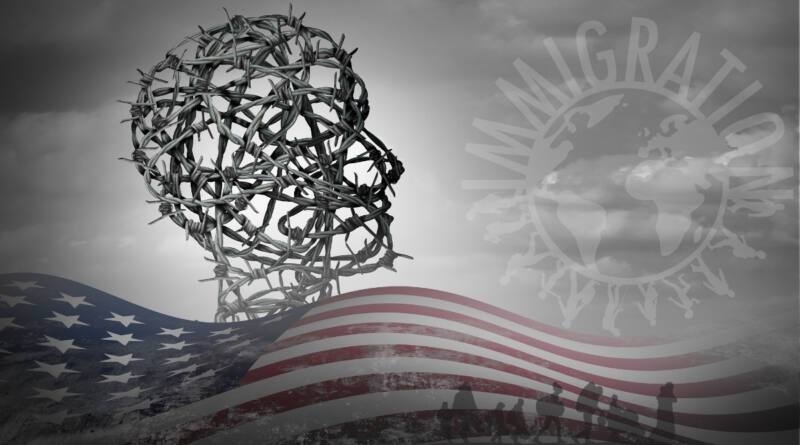India: The Best Source Of Immigrants For The USA Now?
Why Indians Lag Behind in US Citizenship Numbers Despite a Large Population?
While news of 59,000 Indians receiving US citizenship in 2023 may seem unremarkable, considering the large Indian population, a closer look reveals a surprising trend. Despite its 1.4 billion inhabitants, India ranks behind Mexico and the Philippines in US citizenship acquisition. This article talks about the reasons behind this phenomenon and proposes policy changes to make India the leading source of US immigrants.
A Changing Immigration Landscape:
Historically, European immigrants dominated the US landscape. However, the 1960s saw a shift towards non-European immigration, with the percentage of European foreign-born Americans dropping from 75% to 11% by 2018. Indians have been part of this shift, but their numbers haven’t yet reflected their vast potential.
Leveraging India’s Demographic Dividend:
Unlike other developed nations struggling with declining birth rates and ageing populations, the US benefits from its immigrant population. However, its low population density, particularly in vast states like Wyoming and Montana, presents an opportunity. India’s high population density and industrious workforce, including those without formal education, could fill this gap. Imagine hundreds of thousands of Indians in Montana transforming its economy with their entrepreneurial spirit, similar to Indian cheesemakers revitalising Italy’s industry.
Mutual Benefits: Economic Growth and Political Power
An increased Indian presence in the US would benefit both nations. India would see an influx of remittances, knowledge transfer, and a powerful political voice through its diaspora. For the US, this influx of talent and labour would be crucial to maintaining its global leadership in a resource-rich, capital-rich, and technology-driven economy.
A Call for a Dedicated Immigration Minister:
To unlock this potential, the Indian government should establish a dedicated Minister for Immigration. This minister would facilitate legal immigration pathways for Indians to the US, liaising with both the American federal and state governments. Data on available skills in India and future US labour needs would be key to building a mutually beneficial partnership. This initiative would be an upgrade to recent state-level efforts like those in Haryana and UP, offering a national, data-driven approach.
While the current trend of Indian immigration to the US falls short of its potential, it holds immense promise for both nations. By implementing the proposed policy changes and forging a data-driven partnership, India can become the top source of US immigrants, leading to economic growth, knowledge exchange, and a powerful voice for its diaspora in the American political landscape.
Even though India has a large population, it’s worth mentioning that the number of Indian immigrants in the USA is relatively small in comparison. These factors can be traced back to historical migration patterns, socio-economic conditions, and immigration policies.
One factor to consider is the historically low rate of emigration from India in relation to its population size. India’s significant population has not led to a high number of people looking to immigrate to other countries, unlike nations with higher emigration rates. This occurrence is impacted by elements like strong cultural connections to the homeland, values centred around family, and the appeal of opportunities in India’s expanding economy.
Moreover, immigration policies and visa regulations in both India and the USA have a substantial impact on the direction of migration. The USA has introduced visa programmes like the H-1B visa, which draw skilled workers globally, including from India. Nevertheless, stringent eligibility requirements, limits on visa quotas, and heightened scrutiny have presented obstacles for Indian professionals seeking to work or establish themselves in the USA.
Despite these obstacles, there has been a consistent rise in the number of Indian immigrants moving to the USA. India is consistently one of the top countries of origin for immigrants to the USA, according to data from the United States Citizenship and Immigration Services (USCIS). This trend highlights the increasing interest and possibilities for Indians to seek education, career growth, and an improved quality of life in the United States.
Moreover, efforts to enhance bilateral relations between India and the USA, such as the US-India Strategic Partnership, have promoted increased people-to-people exchanges, academic collaborations, and business opportunities, leading to a rise in Indian immigration to the USA.
India’s significant population offers a considerable opportunity for immigration to the USA. Several factors impact the size and nature of this migration, showcasing the intricate relationship between socio-economic, political, and policy elements that influence global migration patterns.




